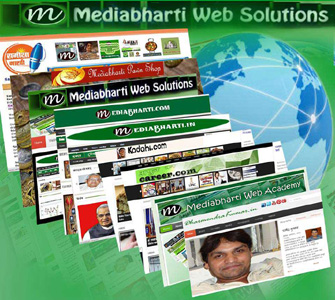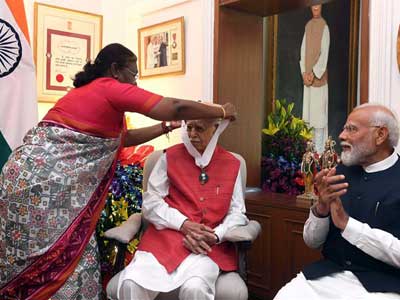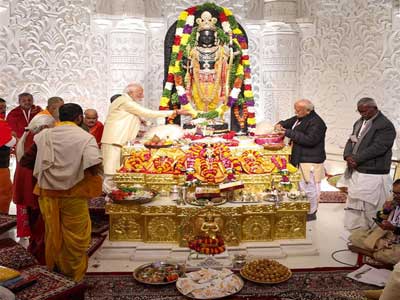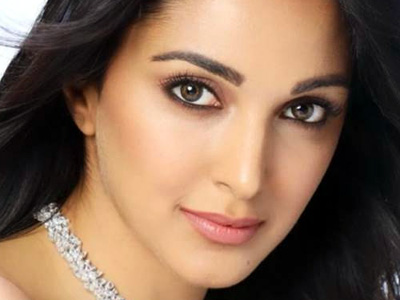Where have the golden days of cinema gone? Days when fans thronged cinema halls for first-day-first-show tickets, and lathi charges were commonplace outside packed theaters screening classics like Guide, Pakeezah, Garam Hawa, and Bobby; When students imitated the hairstyles, fashion, and dialogues of their silver-screen idols; When films weren’t just entertainment but cultural phenomena that defined an era.
Gone are TV serials like Hum Log, Buniyaad, Ramayan, and Mahabharat—shows that brought families together. Today, OTT platforms dominate, delivering a barrage of profanity and superficiality that leaves little room for depth or connection.
Read in Hindi: कहां गुम हो गई सिल्वर स्क्रीन की वो दीवानगी...!
From the 1950s through the 1990s, Bollywood wasn’t just about films; it was about storytelling that resonated with India's soul. Films like Mother India, Pyaasa, and Sholay reflected societal issues, moral dilemmas, and the essence of human relationships. These movies wove together poetic Urdu-Hindustani dialogues, unforgettable melodies, and meaningful narratives that captivated audiences for generations.
Songs were the lifeblood of these films, their melodies lingering in the hearts of listeners. Whether it was festivals, patriotic fervour, or moments of solitude, the music of old Bollywood offered a soundtrack for every emotion. Even today, when playing antakshari, it’s the classics that dominate.
Post-2000, Bollywood seems to have lost its way. Stories rooted in rural India have given way to glossy urban spectacles. Social issues and character-driven plots have been replaced by action, sensationalism, and formulaic plots. Memorable characters that once shaped cultural consciousness are now few and far between.
The linguistic beauty of yesteryear’s dialogues has been replaced with casual, often vulgar, exchanges. Songs, once rich with poetry, now lean towards repetitive, shallow lyrics that fade as quickly as they arrive. Horror and suspense genres, once capable of chilling audiences in classics like Woh Kaun Thi and Gumnaam, have become parodies of themselves.
Gone are the ‘jubilee films’, iconic productions that ran in theatres for weeks, even months, creating lasting cultural impact. Today’s films are often forgettable, designed for instant consumption and quick profits. While technological advancements have improved visuals, they’ve diluted the soul of cinema, leaving audiences disconnected.
Bollywood’s journey from emotionally rich storytelling to superficial aggression reflects changing societal values, but the industry must strive to strike a balance. Filmmakers need to honour the legacy of classics while innovating for modern audiences.
The challenge ahead is clear: revive the magic of cinema that inspires, connects, and endures, ensuring that Bollywood doesn’t just entertain but leaves an indelible mark on generations to come.
Memorable Pre-2000 Classics: Mughal-e-Azam, Dil Ek Mandir, Anand, Aandhi, Dilwale Dulhaniya Le Jayenge, Dosti, Chupke Chupke, Upkaar, Purab Aur Paschim, Haqeeqat, Deewar, Padosan, Paigham, Leader, and Mr. India.


















Related Items
‘Sound of Cinema’ resonates to the highest in the air of Goa
Trump’s Conspiracy: India’s Trap or Golden Opportunity?
Indian matrimony, A sacred bond or an entertaining reality show!